Desert locations provide ideal conditions for astronomical observation, where minimal light pollution, dry air, and high elevation create crystalline views of celestial objects impossible to see from urban areas. Professional observatories have claimed these prime locations for decades, though many now welcome public visitors seeking their encounters with the cosmos. These facilities range from major research institutions offering guided tours to smaller observatories designed specifically for public astronomy education and stargazing experiences.
Here is a list of 16 desert sky observatories that open their doors to star-seeking visitors.
Kitt Peak National Observatory
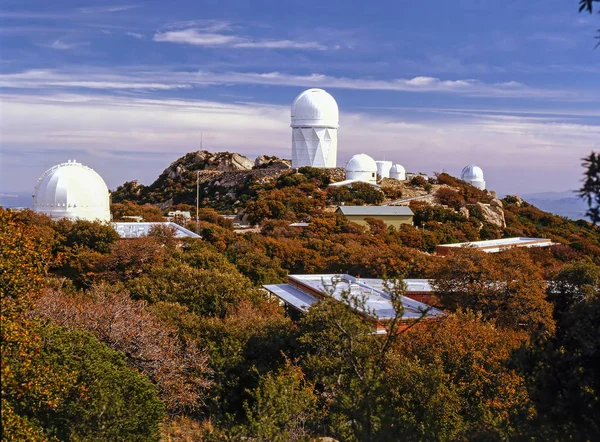
Arizona’s Kitt Peak hosts the world’s largest collection of optical telescopes on a single mountain, where visitors can tour facilities used by astronomers from around the globe. The visitor center offers daily tours, evening programs, and educational exhibits explaining current astronomical research.
Night sky programs include opportunities to observe through research-grade telescopes under some of America’s darkest skies. The Tohono O’odham Nation shares the mountain, adding a cultural perspective to the astronomical experience.
Lowell Observatory

Arizona’s Lowell Observatory in Flagstaff combines historic significance with ongoing research, where Clyde Tombaugh discovered Pluto in 1930 using telescopes still accessible to visitors. Public programs include daytime tours of historic facilities and evening telescope viewing sessions.
The observatory’s location at 7,200 feet elevation provides excellent atmospheric conditions while remaining easily accessible from major highways. Educational programs explain both the history of astronomical discovery and current planetary research.
Like Travel Pug’s content? Follow us on MSN.
McDonald Observatory

Texas’s McDonald Observatory sits atop Mount Locke in the Davis Mountains, where public programs showcase both professional research facilities and purpose-built public telescopes. Star parties held several times monthly provide opportunities to observe celestial objects through large telescopes under exceptionally dark skies. Daytime tours include visits to research facilities and the massive Hobby-Eberly Telescope. The remote location requires commitment but rewards visitors with some of America’s finest stargazing conditions.
Palomar Observatory
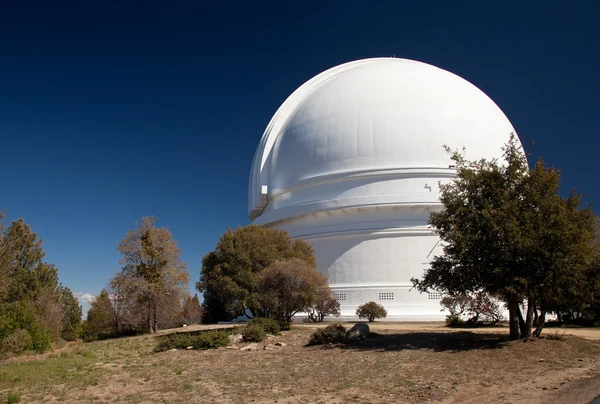
California’s Palomar Observatory houses the famous 200-inch Hale Telescope, once the world’s largest, where visitors can tour the historic facility and learn about groundbreaking astronomical discoveries. Self-guided tours operate year-round, though the mountain location requires careful driving on winding roads.
The observatory museum explains the telescope’s construction and scientific achievements spanning seven decades. Clear desert air at 5,600 feet elevation provides excellent viewing conditions for the surrounding area.
Griffith Observatory
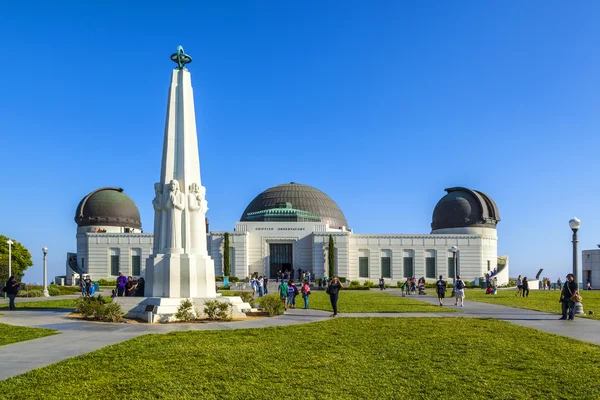
California’s Griffith Observatory overlooks Los Angeles, demonstrating how urban observatories can still provide meaningful astronomical experiences despite light pollution challenges. Public telescopes operate nightly, weather permitting, with knowledgeable volunteers helping visitors observe planets, stars, and other celestial objects.
The Art Deco building houses extensive exhibits explaining astronomical concepts and the history of space exploration. Free admission makes this one of America’s most accessible observatory experiences.
Like Travel Pug’s content? Follow us on MSN.
Mount Wilson Observatory
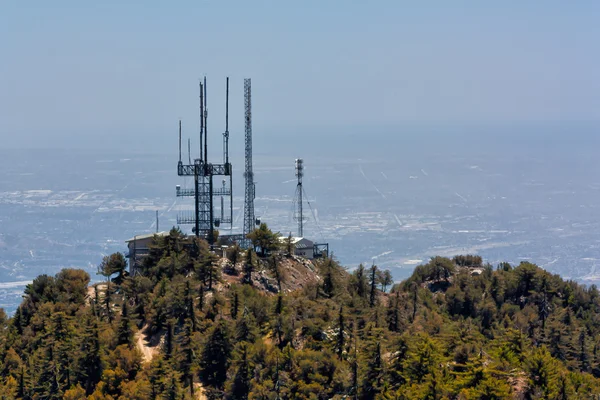
California’s Mount Wilson Observatory operates historic telescopes that revolutionized our understanding of the universe, where Edwin Hubble gathered data that contributed to the discovery of the expanding universe. Weekend tours provide access to the 100-inch Hooker Telescope and other research instruments still in active use.
The observatory’s location above the Los Angeles Basin requires careful timing to avoid smog impacts on viewing conditions. Educational programs explain both historical discoveries and current research projects.
Apache Point Observatory
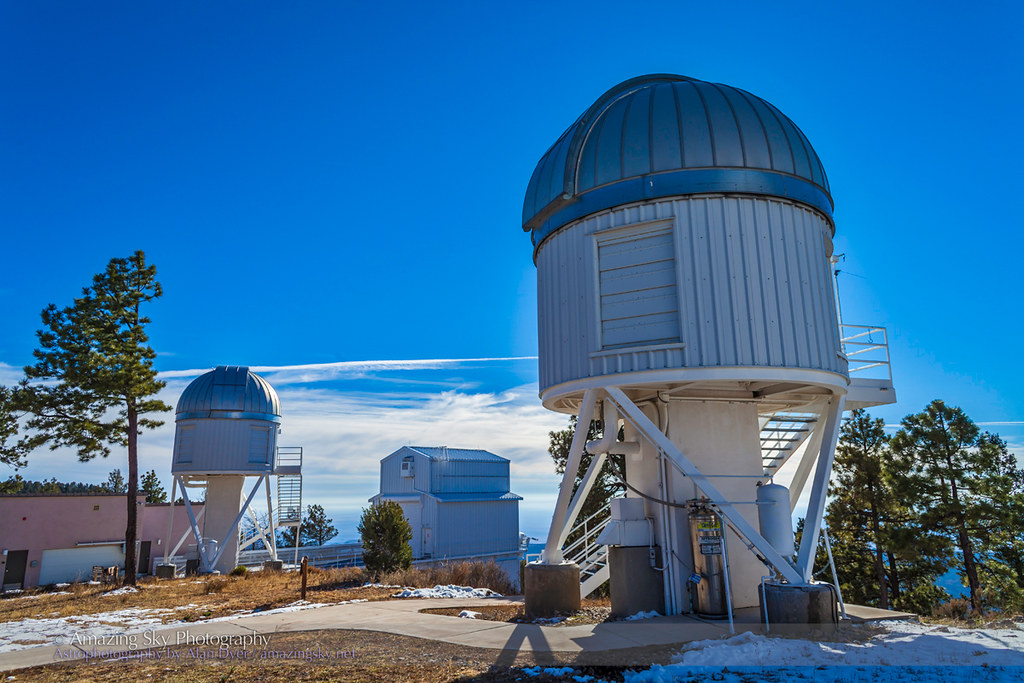
New Mexico’s Apache Point Observatory combines active research facilities with public education programs in the Sacramento Mountains near Cloudcroft. Public tours showcase the 3.5-meter telescope and explain ongoing astronomical surveys mapping the universe. The high-altitude location provides exceptional atmospheric conditions for both professional research and public viewing.
Evening programs allow visitors to observe through smaller telescopes while learning about objects visible in New Mexico’s dark skies.
Very Large Array
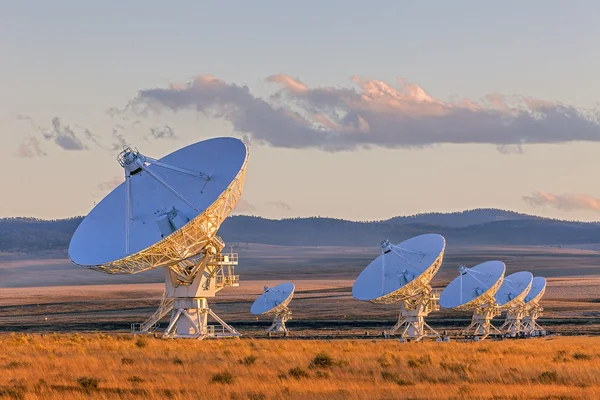
New Mexico’s Very Large Array consists of 27 radio telescopes arranged across the Plains of San Agustin, where visitors can walk among the massive dishes and learn about radio astronomy. The visitor center explains how radio waves from space provide information invisible to optical telescopes.
Self-guided tours operate daily, with guided tours available on weekends and by appointment. The stark landscape creates an otherworldly atmosphere that enhances the technological wonder of radio astronomy.
Like Travel Pug’s content? Follow us on MSN.
National Solar Observatory
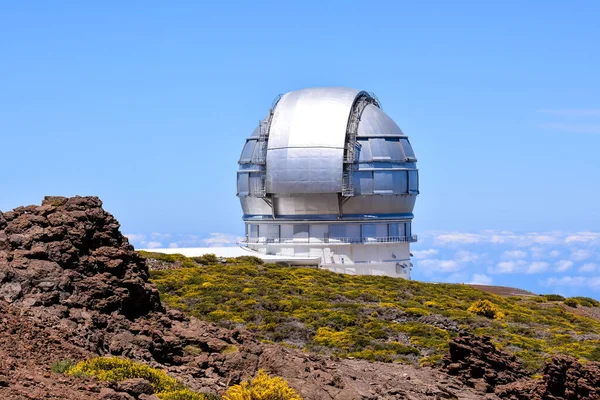
New Mexico’s National Solar Observatory on Sacramento Peak focuses specifically on solar research, where visitors can learn about our nearest star through specialized programs. Tours showcase telescopes designed specifically for safe solar observation and explain ongoing research into solar activity.
The mountain location provides exceptional atmospheric stability for solar observation. Educational programs help visitors understand the sun’s role in space weather and its effects on Earth.
Flandrau Science Center
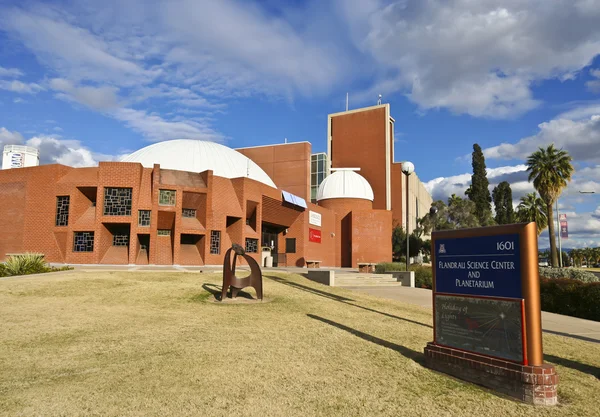
Arizona’s Flandrau Science Center at the University of Arizona combines planetarium shows with observatory experiences, providing a comprehensive introduction to astronomy for visitors of all ages. Public telescope viewing operates nightly, weather permitting, with university students and volunteers providing guidance.
The urban location demonstrates how light pollution affects observation while still allowing meaningful viewing experiences. Educational programs cover both practical astronomy and current space science research.
Chabot Space and Science Center

California’s Chabot Space and Science Center offers multiple telescopes and planetarium experiences in the hills above Oakland, where visitors can observe despite Bay Area light pollution. Weekend programs include guided telescope viewing and astrophotography workshops.
The facility’s three large telescopes provide different viewing experiences optimized for various celestial objects. Educational programs bridge the gap between amateur astronomy and professional research.
Like Travel Pug’s content? Follow us on MSN.
Goldendale Observatory State Park
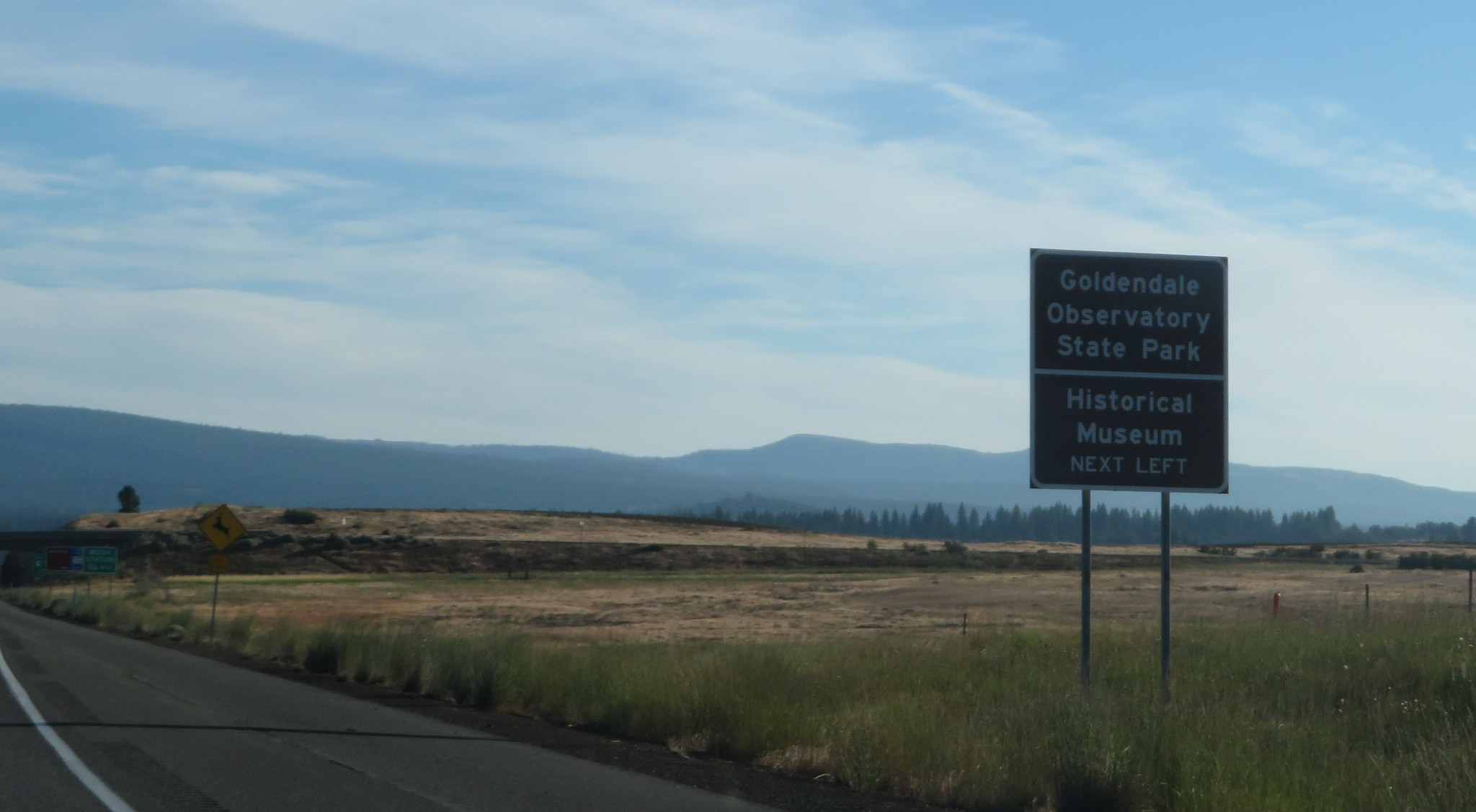
Washington’s Goldendale Observatory offers dark-sky viewing in an unexpected location, where the high desert environment of the Columbia River Gorge creates excellent astronomical conditions. Public programs operate year-round, with summer star parties drawing visitors from throughout the Pacific Northwest.
The park’s dedication to dark-sky preservation includes lighting ordinances that maintain natural nighttime conditions. Educational programs serve both beginning astronomers and experienced stargazers seeking dark-sky locations.
Great Basin Observatory

Nevada’s Great Basin Observatory operates in one of America’s darkest locations, where Great Basin National Park’s remote setting creates extraordinary stargazing conditions. Public programs include both guided telescope viewing and unassisted dark-sky experiences.
The high-altitude desert environment provides crystal-clear atmospheric conditions rarely found elsewhere in America. Park rangers lead astronomy programs that combine telescope viewing with naked-eye constellation tours.
Bryce Canyon Observatory
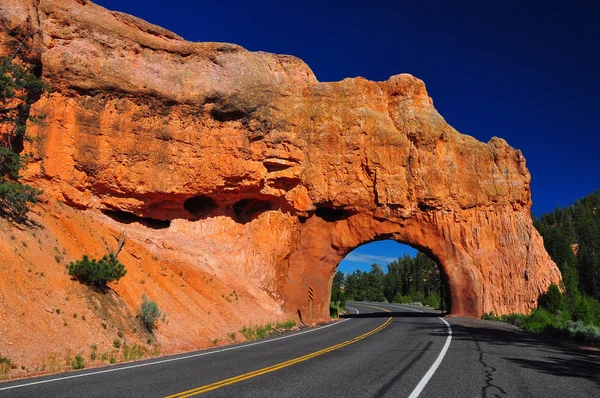
Utah’s Bryce Canyon Observatory takes advantage of the park’s exceptional dark skies and high elevation to provide some of America’s finest public stargazing experiences. Astronomy festivals held several times yearly attract thousands of visitors for guided telescope viewing and astrophotography workshops.
The thin air at 8,000+ feet elevation reduces atmospheric interference, while the remote location eliminates light pollution. Park programs combine astronomy with the area’s unique geological features.
Like Travel Pug’s content? Follow us on MSN.
Death Valley Observatory
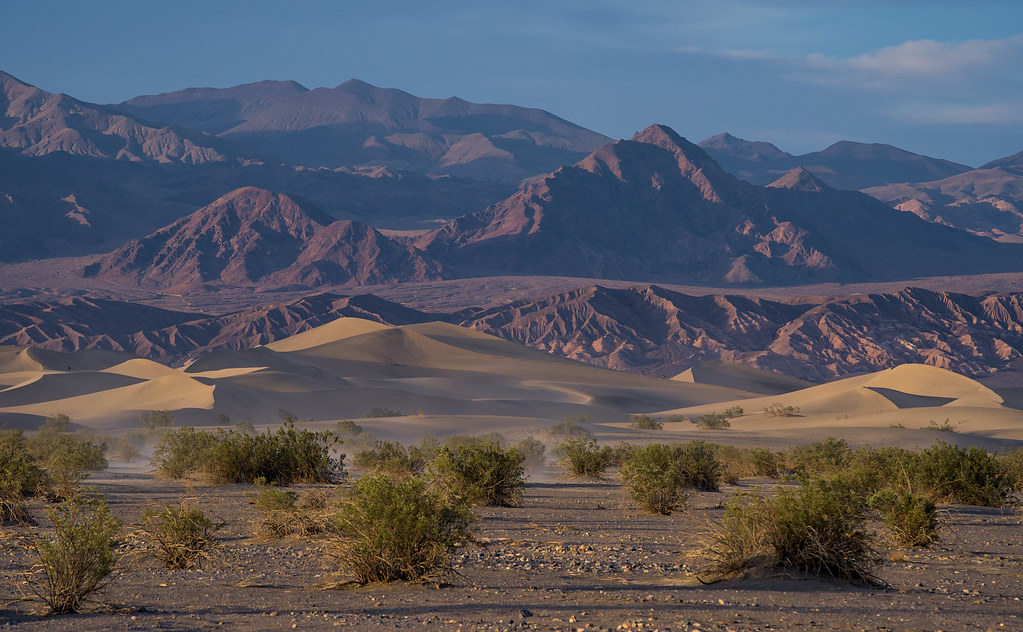
California’s Death Valley Observatory operates in one of the world’s driest and darkest locations, where minimal atmospheric water vapor creates exceptional viewing conditions. Public programs take advantage of the desert’s clear air and minimal light pollution to showcase celestial objects that are difficult to see elsewhere.
The extreme environment requires careful preparation, but rewards visitors with unparalleled stargazing opportunities. Educational programs explain how desert conditions enhance astronomical observation.
Big Bend Observatory
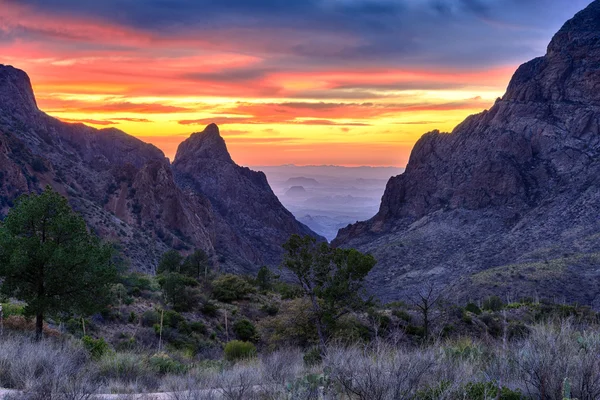
Texas’s Big Bend Observatory operates within Big Bend National Park, where some of America’s darkest skies create extraordinary stargazing conditions along the Rio Grande. Public programs combine telescope viewing with ranger-led constellation tours under minimal light pollution.
The Chihuahuan Desert setting provides year-round viewing opportunities with exceptional atmospheric clarity. Park programs emphasize both astronomy and the importance of dark-sky preservation for wildlife and human health.
Windows to the Universe

These desert observatories provide more than stargazing opportunities—they offer perspectives on humanity’s place in the cosmos that urban environments simply cannot match. Under pristine desert skies, visitors glimpse the same celestial objects that inspired ancient civilizations while using modern technology that reveals the universe’s true scale and complexity.
Each facility represents a bridge between professional astronomical research and public wonder, where the darkness of remote deserts illuminates the brilliance of distant stars and galaxies. The journey to reach these observatories becomes part of the experience, taking visitors away from artificial lights and into landscapes where natural darkness reveals the true majesty of the night sky.
Like Travel Pug’s content? Follow us on MSN.
More from Travel Pug

- 20 Best Beach Towns in the Carolinas
- 13 Destinations Where Tourists Regularly Regret Their Trip
- 20 Destinations That Are More Magical Without an Itinerary
- 20 Underrated Adventures That Belong on Your Travel List
- 20 Cities Where You Should Just Wing It, No Planning Required
Like Travel Pug’s content? Follow us on MSN.
